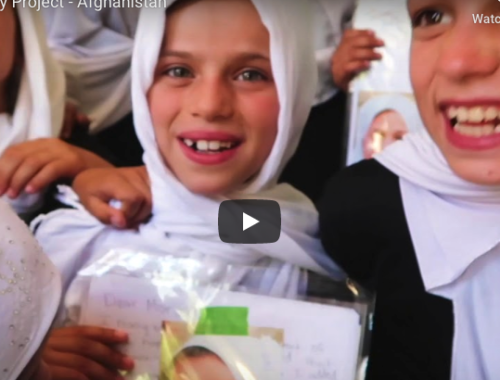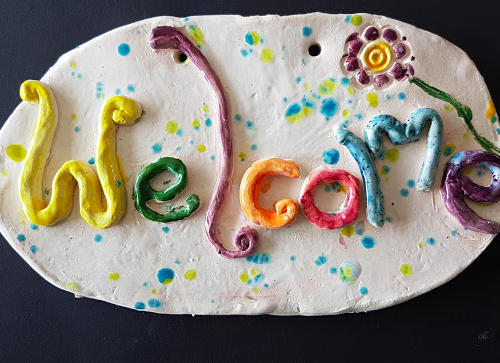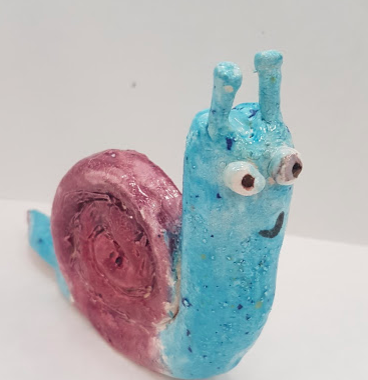
Memory Project Portraits – Rohingya Children

We created portraits of Rohingya refugee children for The Memory Project. This is the second time I have done this with my art class, and again the process and results have been so rewarding. The Memory Project is a charitable nonprofit organization that invites art teachers, art students, and solo artists to help cultivate global kindness by creating portraits for children around the world who have faced substantial challenges, such as violence, war, extreme poverty, neglect, and loss of parents. Participants create these portraits to help children feel valued and important, to know that many people care about their well being, and to provide a special childhood memory in the future.
We created portraits of Rohingya Refugee children. Their photos were sent to us through The Memory Project in a special initiative with UNICEF that would like to help mark the 1 year anniversary of this crisis by displaying portraits of Rohingya children on their worldwide social media channels. The Rohingya crisis started on August 25 of last year, and since then 720,000 Rohingya refugees have fled to Bangladesh to escape genocide in Myanmar.
These Rohingya children will receive our portraits in October!
Because we had limited time in this undertaking, and it was the first time any of these students had drawn a realistic portrait of someone we started with tracing paper. We traced over the outline of the hair, face and main facial features. We then traced over the lines on the back side of the tracing paper, and then flipped the paper and traced the lines for a third time over a sturdy multimedia paper. The reason for this was to make an exact copy (not mirror image) for the students to reference while freehand drawing and shading.


Students then used various shading pencils to work on the face of the portrait they worked on. Some used coloured pencil and some opted to try copic markers for the first time. We reviewed some definite NO’s (no triangle noses, round nostrils etc.) and some definite YES’s (white reflection in eyes, individual hairs, not working too dark to start with). I gave some short lessons on how to draw facial features and we watched several videos on how to draw a realistic mouth, eyes, nose and hair. Then got to work!
Once the face was complete, students tried out different background ideas. Information we received about the children included their favorite colour, so we tried to incorporate that into the background or clothes of the child. We used markers, colored pencils, crayons, acrylic paint or watercolour paints to create the background.















